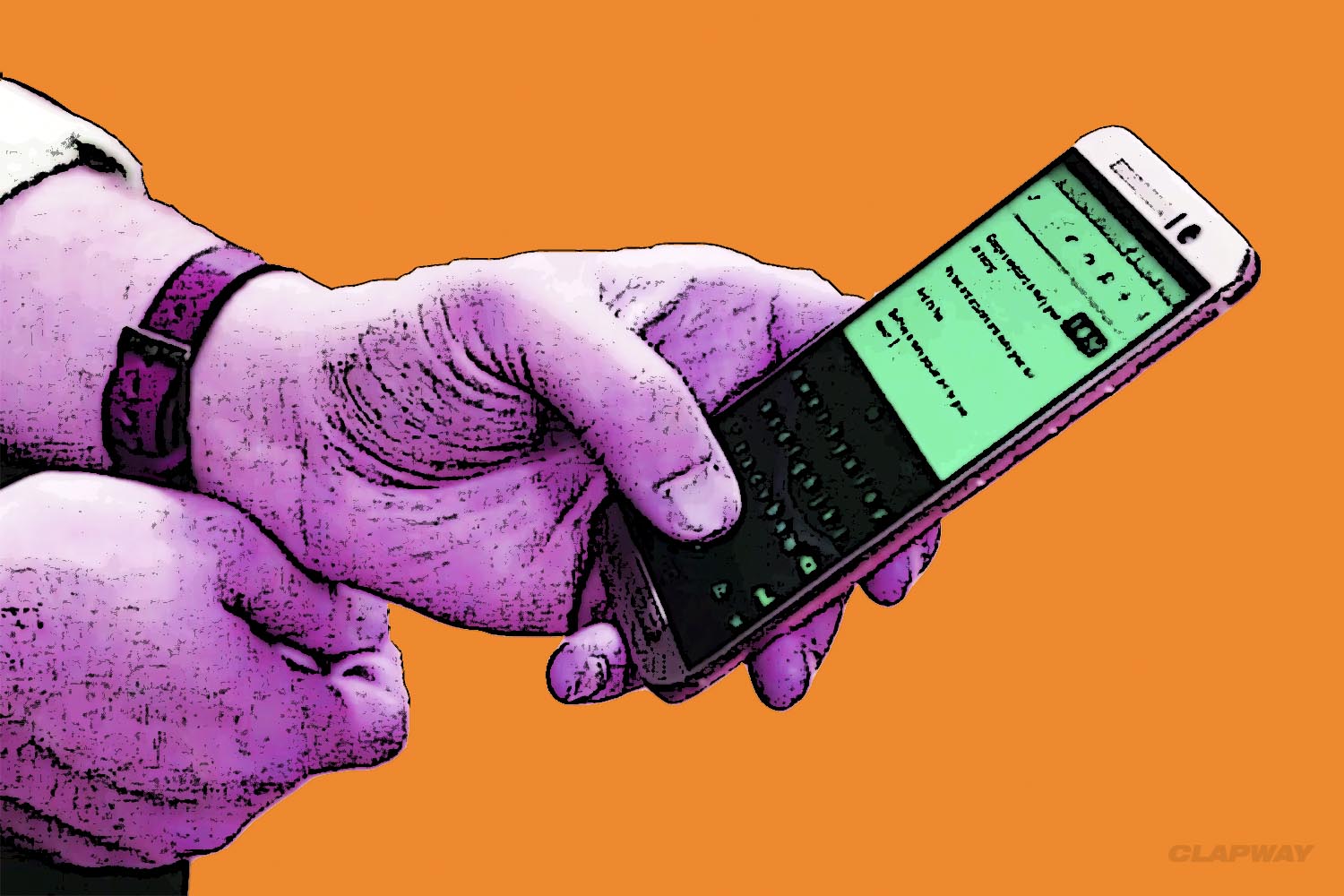
Microsoft recently announced that they will launch the Windows Phone keyboard for iOS Apple iPhone for public testers. The keyboard is even getting developed to be used single-handedly. It looks pretty cool, but does the Apple iPhone need it?
Windows 10 Mobile and Microsoft iOS Keyboards Are Different
The single handed mode is already on the Windows 10 Mobile Keyboard. It works on each side, allowing for people to type entire words without lifting their fingers from the screen. The iOS version reportedly only features the fanned key layout right now.
The rest of the features on the keyboard are pretty much the same. The keyboard gives word suggestions and also supports emoji. It also lets users swipe letters, and it will eventually support Word Flow in the next few months. An Android version of the keyboard is expected to come out at some point in 2016.
Does the Apple iPhone Need Another Keyboard Unrelated to Emoji?
The big question with this development is whether or not the Apple iPhone really needs a keyboard. The standard iPhone keyboard has never had any major complaints. It could be useful for people who own an iPhone but also owns many Windows devices.
Emoji keyboards are widely popular, especially with the recent introduction of the Kimoji keyboard, designed by Kim Kardashian. These keyboards have great potential to sell well.
The Windows keyboard looks like a breath of fresh air, and it’s definitely different. The Microsoft keyboard could bring in some unexpected revenue to the platform, and though the move is risky, it could be well worth it.
Microsoft Open Sources AI Toolkit
Microsoft also just open sourced their Computational Network Tooklit or CNTK. The corporation has revealed that it is more efficient than other platform’s – even Google’s TensorFlow. The toolkit is available through the GitHub. Their hope is that this platform will be useful to startups that want to go through tons of data in real time.
According to Microsoft, the toolkit can work with GPU-based machines. This makes it much easier for startups to make their own series of GPU-based computers for experimenting and their own calculations. It’s especially convenient for teams with lower budgets.


















